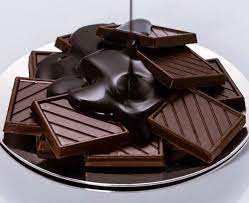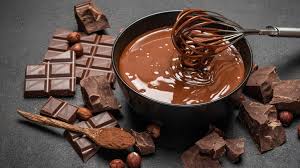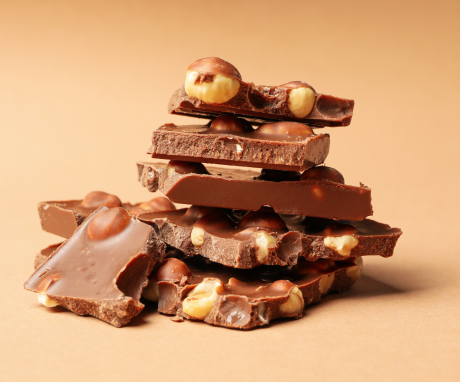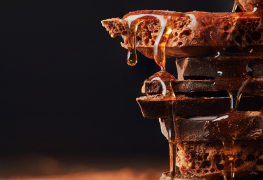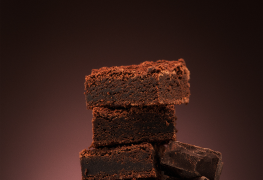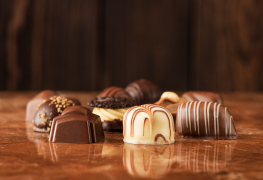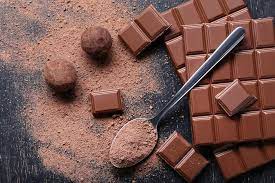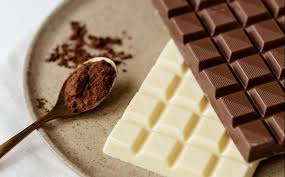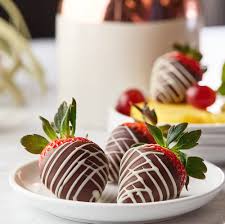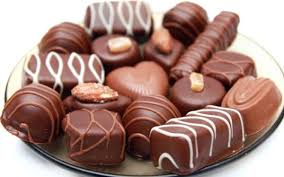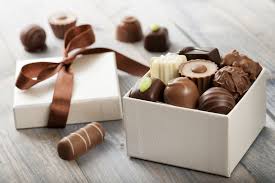-
Call and make an appointment +00 544-213-615
- $ 0
-
EN

Admin, company.com
Category:White Chocolates
Date: 23 Feb, 2024
Granulated sugar is really the workhorse of the confectionery world. Without it, we wouldn’t have delightful caramels, delectable toffees, soothing throat lozenges or smooth, sweet chocolate. While all of these things can be made with substitutes, nothing tastes quite like sugar.
Granulated sugar comes from two main sources: sugar cane and sugar beets. In brief, the juice of the sugar cane or beets is extracted from the cane or beet by varying methods, and then dehydrated to produce a thick, super saturated solution, which is then seeded with premade sugar crystals, causing the new sugar in the juice to crystallize out of the solution. These crystals are further dried, and then they are either left as they are (known as ‘raw’ sugar), or they are treated by sulphitation or carbonatation to lighten their colour. If you are interested in more detailed explanations of these reactions, the pages linked are clear and insightful.
Most of the time when we use granulated sugar, we have to control the formation of sugar crystals to ensure that we get the right texture in our confections. For chocolate, this is controlled through the mechanical process of milling the crystals into the cacao until they are finely ground into the mixture. For other confections though, such as caramel, toffee, croquant, fudge and fondant, we control the crystal size through the use of chemical means – and I don’t mean adding anything nasty. By “chemical” I simply mean that we add another substance to the sugar to help control the crystal formation, and usually that substance is water. Whether we apply the water through another substance (like cream or butter), the water is there initially for the sugar to dissolve, and then as the confection cooks, we control the crystal size by stirring, cooking time and temperature and cooling.
One great example of this is caramel cooking. I’m going to walk you through a caramel recipe and talk about how each step affects the crystal formation. In keeping with summertime, I’m going to liven up the recipe a little by using hibiscus flowers to flavour and colour the caramel for a bit of a tropical treat.
Add the flowers to the cream and allow to steep overnight. The next day, warm the cream and strain the flowers out. The cream may have thickened, which is why warming it will allow you to yield more beautiful pink cream. Once you have strained, if you are short cream due to some being absorbed by the flowers, this is where you add cream to make the total cream weigh 500g.
These are all connected: stirring helps to dissolve all of your initial crystals properly, so stir the mass until the granulated sugar has dissolved into the cream, and then take a wet pastry brush and wash any remaining crystals from the side of your pot down into the mass. Stirring also affects colour and texture, so you really only want to stir in that beginning phase, and then not at all if you can help it. Finally, you want to cook the caramel at a medium high temperature – fast enough that the sugar crystals do not have time to reform, but not so fast that you scorch the mixture.
Now take your cream, butter, glucose, sugar and salt and cook them to 123C or 248F. Test the caramel in a glass of cold water. Let a drop of caramel fall to the bottom of a very cold glass of water, then pick it up and feel it. It should be firm but not crunchy, and not sticky. This test will mimic the texture of the final, cooled product. When it’s ready, pour it into a pan lined with a silicone mat or parchment paper and allow to cool completely before cutting. I enrobed mine in dark chocolate and garnished with pink Himalayan salt.
Admin, company.com
Tags: White Chocolates
Related articles
White Chocolates
Consider choosing organic produce and locally sourced ingredients when possible. Organic foods are grown without synthetic pesticides
White Chocolates
Welcome to Ecole Chocolat Professional School of Chocolate Arts





